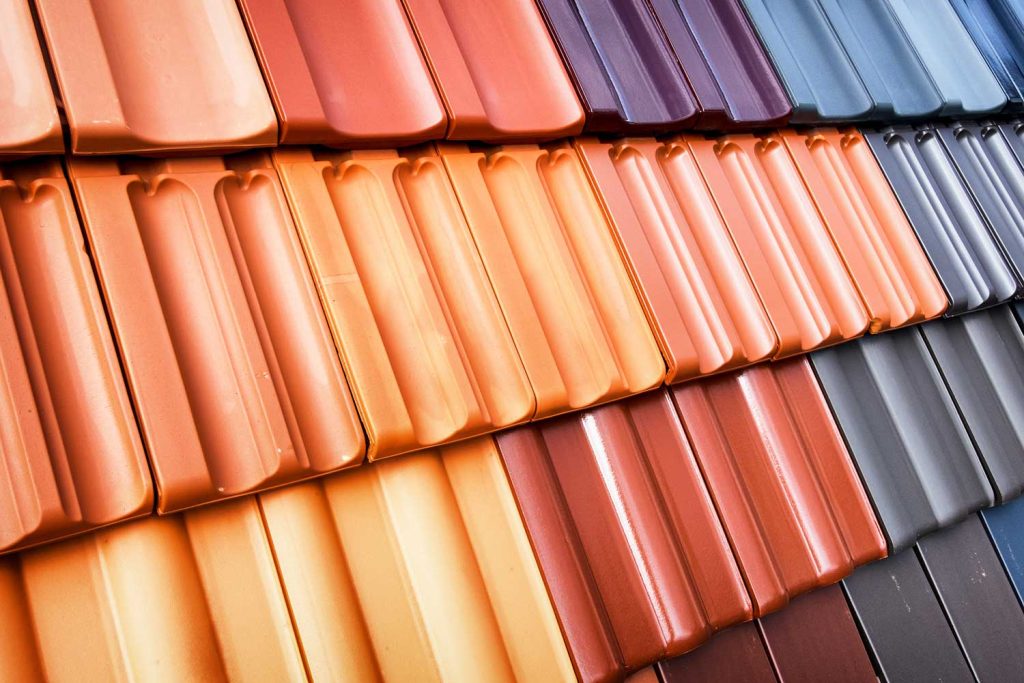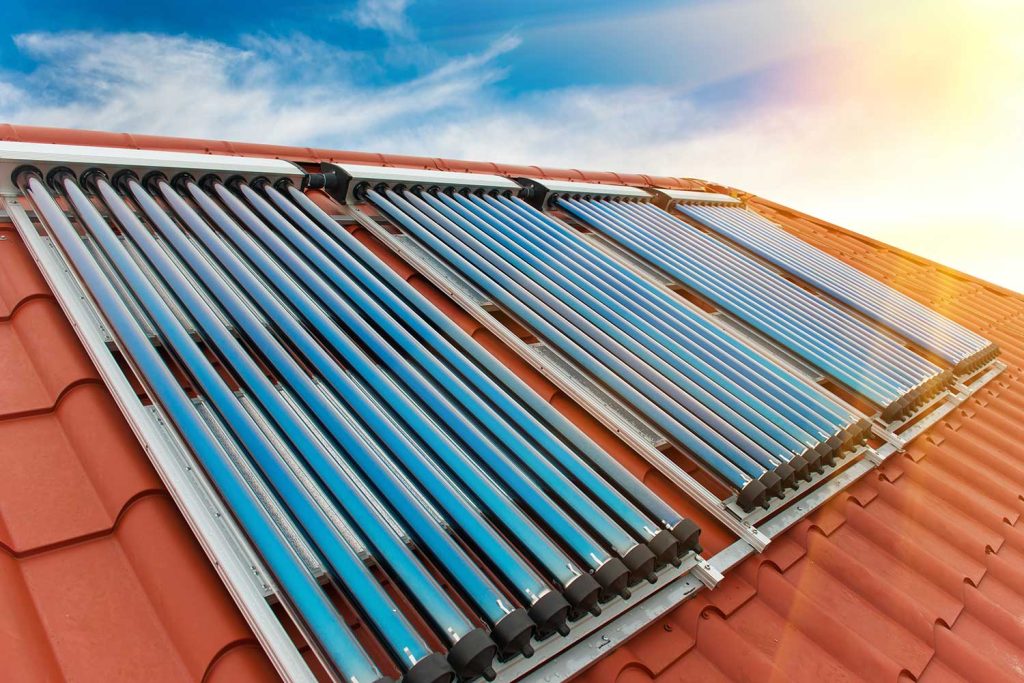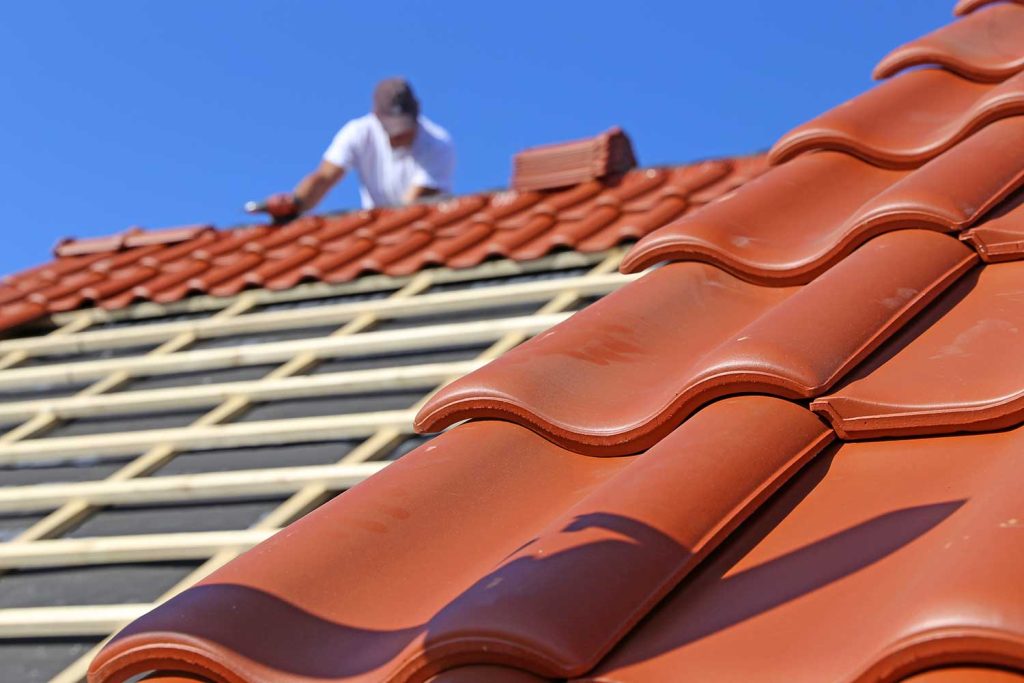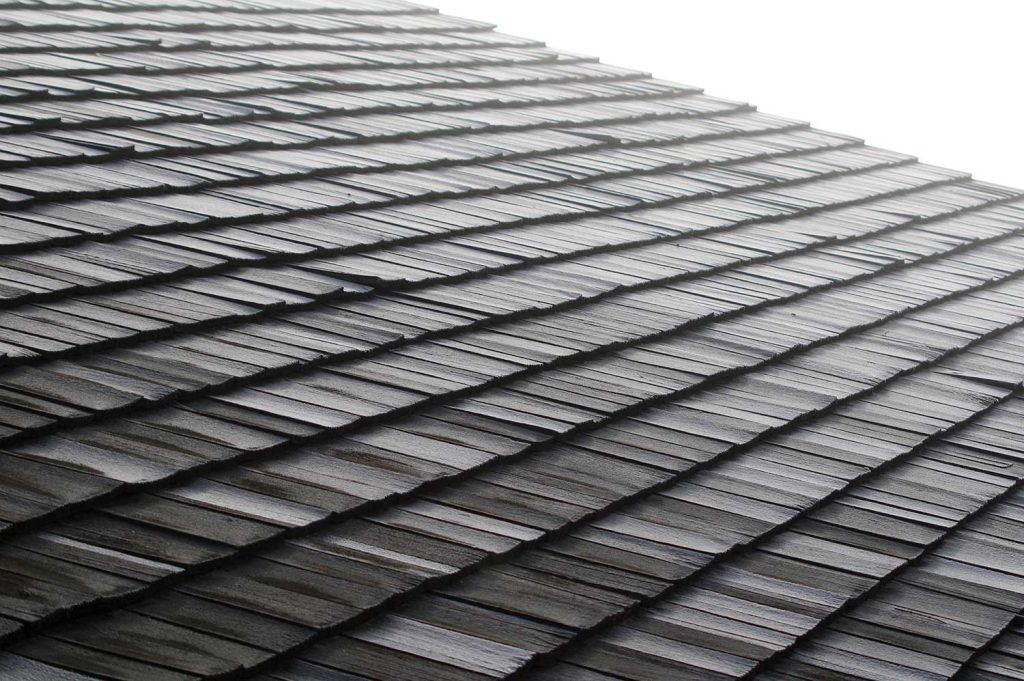Your roof keeps you safe from heavy rains, snow, and cold winds, but if you reside in a hot region, your roof may also assist in keeping your home cool and pleasant. Your roof may bake under the sun and move heat from the top into the rest of the house with the wrong material. Roofs that are not built correctly can also be damaged by the heat, resulting in cracks and damage that may lead to water leaks and foundation issues down the road. But what about roof color? If you're living in hot areas like Florida, then you might ask, 'what's the best roof color for Florida?'
Your home's temperature will be reduced by 20 to 40 degrees if the roofing material is dark. This will require your HVAC system to work harder to heat and cool your house.
The perfect roof color for hot climates is one that will not fade, crack, or rust. You can use this information to select the ideal roofing material and color for your property. Find out which roofing materials and colors last the longest in our guide.

What's the best roof color for Florida?
Roofs constructed of certain materials and colors are designed to endure harsh weather conditions, dry conditions, and excessive UV radiation all year round while providing ventilation and airflow through your attic and the rest of your home.

Asphalt is the most popular material for shingles because it has a high heat-reflective coefficient and provides an attractive aesthetic. However, asphalt shingles in cities have a concentrating and dense effect on heat absorption, resulting in greater temperatures than surrounding areas. The heat island effect is the result of this.
The asphalt's black colors, in particular, contribute to this. Darker roof colors are more susceptible to absorbing heat from UV radiation, while lighter-colored roofs reflect sunlight away. Ceiling paint or dyeing your roof a brighter color can help you save money on your energy bills by reducing the heat island effect. However, not all roof materials can be painted.
White shingles come with their own set of issues and benefits. Rather than absorbing heat, white reflects it and heat, making a white roof more useful on hot days to keep your home cooler and allow your air conditioner to run less, saving you money.
On the other hand, white roofs are inefficient in combating heat on cold days. You'll have to spend extra money to keep your home warm. The benefits of black and white balance outweigh the drawbacks, so they aren't dramatically different regarding energy efficiency.
Read more: Do black metal roofs reflect heat?
What Type of Weather Do Roofs in Florida Have to Withstand?

Florida roofs must also endure a long list of severe weather situations in addition to the extreme heat, direct sunlight, and hurricanes. Heavy rainstorms, high humidity levels, tropical and sub-tropical climates, lightning, storm watches, falling tree limbs, and palm trees are just a few of the more obvious ones on the list.
As a homeowner in Florida, you will most likely need to replace your roof at some time. When replacing your roof, it's crucial to understand which types of roofs perform the best in the state. Which sorts of roofs are ideal for a home in Florida, out of the many distinct varieties available?
The Most Common Roofing in Florida

Clay tile roofs are typical in Florida. Clay tile roofs are more expensive to repair or replace, but they require less care if properly installed. Clay tile roofs are also seen as being more attractive because they give Florida houses a more elegant and Spanish-colonial appearance.
Due to their construction and design, Clay tile roofs can endure far longer than any other type of roof in Florida; withstanding heat, fierce weather patterns, insects, and pests. Clay tile roofs are available in a variety of forms, colors, and styles. The most typical types are flat, fluted, and interlocking. Clay tile roofs can endure for 50 to 100 years or more.
Concrete has been used to construct things for hundreds of years, and we're now seeing more and more concrete tile roofs. Concrete tile roofs are similarly long-lasting and low-maintenance as metal roofing. They protect your property from the sun's heat and other elements, and they don't rot or decay. Concrete tile roofs are lighter than clay tile roofs, so they bear less strain on your house's foundation over time.
There are, however, two significant distinctions between slate and concrete or clay tiles. Clay tiles allow for greater ventilation, allowing the water barrier/underlayment to breathe more freely. Furthermore, slate has a significantly higher weight load than any other roofing material.
Slate and clay tiles are not appropriate for everyone because of their high price and fragility. Given the strict rules on Florida's beaches, both may easily cost $15 to $25 per square foot for installation.
Read more: What’s the best roof color to reflect heat?
The Maintenance-Free Roof
In Florida, monolithic panels have become more popular because they are more durable and "Florida-weather-proof" than clay tile roofs and require little care. If installed correctly, they can also help keep your home cooler by reflecting Florida's intense heat into the atmosphere.
Metal roofs, which were previously only available in black or white (which meant you couldn't match your home to other neighbors), may now be any color. It can be constructed to resemble some of the most popular roofs, such as shingle roofs, clay tile roofs, and even wood roofs.
Wood shakes roofing

Wood shake roofs are the most common roofing material in parts of the United States' northeastern seaboard. They're popular in parts of Florida, including Naples.
Cedar shakes are known to last well in saltwater and can withstand wind speeds of 245 mph. They also resist gales up to 245 mph. Wood shakes are challenging to compete with for natural beauty in a property without a stone-like siding.
However, there are a few drawbacks to using cedar shingles. Cedar shingles are twice to three times more expensive than architectural shingles rated for 110-130 MPH.
If you want your cedar shake roof to endure for 30 years or more, you'll need to keep it in good shape.
The wood can be pre-treated to prevent burning and insect infestation, but this merely adds to the cost and necessitates further treatment and staining after a decade or more, when another treatment and staining session will be required.
Roof color, like wall color, has a significant impact on your home's temperature. In reality, the substance in your roofing system has a far bigger impact on temperature than the color does. Metal roofs reflect more heat rather than absorb it, whereas traditional asphalt tiles absorb heat at a high rate. But, you ask me what is the best roof color for Florida? I would say white. Let me know what do you think about that in the comments.
